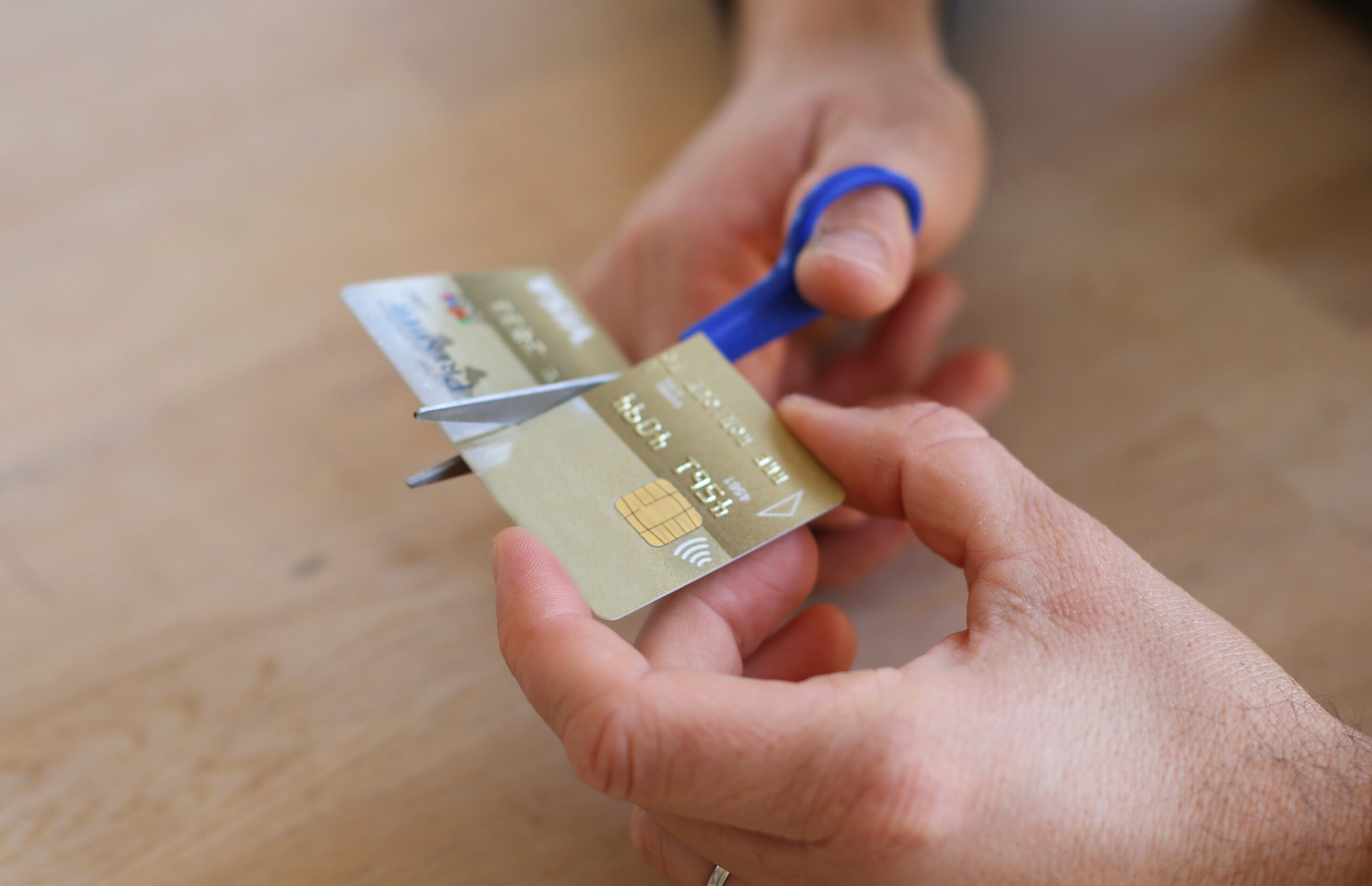In a rapidly changing economy, middle-class Americans are continuously reassessing their spending habits. As costs of living rise and financial priorities shift, many are choosing to cut unnecessary expenses they honestly don’t need in this modern world. Whether it’s cable TV or landline phones, these items turn out to be a huge waste of their hard-earned money. Here are 15 common expenses that middle-class families are cutting from their budgets.
1. Cable TV Subscriptions
With Netflix, Hulu, Amazon Prime, and many other streaming services, it’s pointless to continue to pay for a traditional cable TV subscription. Middle-class families are turning away from cable TV due to long-term contracts and high initial costs. Streaming services are more budget-friendly, whether you’re paying for just one app or downloading them all. Time will tell how streaming will change entertainment in the future.
2. New Cars
In many cases, it’s less lucrative for you to buy a new car than it is to shell out money on a used one. Given the high depreciation rates of new vehicles, middle-class buyers are increasingly following this trend by purchasing used. A pre-owned vehicle can save thousands of dollars while still providing reliable transportation. The move toward being used is further bolstered by the improved quality and longevity of older cars.
3. Luxury Brands
Gucci, Prada, Vera Wang. Luxury goods brands like these, once a staple marker of middle-class prosperity, are being bypassed for more affordable alternatives. The emphasis has shifted towards quality and value over brand name prestige. It’s just not worth spending thousands of dollars on the latest designer jacket, purse, or watch.
4. High-End Smartphones
According to recent data, over 7 billion people around the world own a smartphone. These tech gadgets will always be popular, but many consumers are skipping the latest models to cut unnecessary expenses. Instead of upgrading every year, people are holding onto their phones longer. They’re also opting for mid-range models that offer most of the high-end features at a fraction of the price.
5. Eating Out Frequently
It’s always fun to try dishes, share drinks with friends, and take in the environment at a new restaurant. However, dining out frequently is a costly habit that many are avoiding. Cooking at home saves money but also promotes a healthier lifestyle since you ultimately eat fewer calories. Families are investing time in meal planning and preparation as a cost-effective alternative to eating out.
6. Gym Memberships
Why bother with an expensive gym membership when you can work out at home? Many middle-class Americans are forgoing the gym in favor of body weight exercises, outdoor runs, and YouTube workout videos, all of which are free. Working out at home or outdoors provides the same benefits without the hefty monthly fees. Plus, you’re more likely to stay on track since it can sometimes be inconvenient to make it to the gym.
7. Daily Coffee Shop Visits
Starbucks claims they’re at a “new era of growth” with more than 38,000 stores worldwide. As the brand grows, people are skipping coffee shop visits to instead brew their daily fix of caffeine at home. Middle-class Americans are using Keurig machines, fancy espresso makers, and other machines, enjoying significant savings. Investing in a good coffee maker pays off in the long run, reducing the temptation to splurge on overpriced coffee.
8. Trendy Fashion
Fashion trends come and go, which is why it’s still to waste money on the fads. Instead of chasing the latest style, there’s a growing preference for classic, versatile pieces that last longer. Many American adults, especially women, are opting for capsule wardrobes. Small collections of timeless garments reduce the need for frequent shopping.
9. Impulse Purchases
Be careful when you go to the store. You may find yourself making impulse purchases of items you don’t need. With better budgeting practices, middle-class families are avoiding these impulse buys. Shopping lists and planned purchases are becoming the norm to avoid unnecessary spending, even when it comes to online shopping.
10. Premium Credit Cards
Banks will send you emails about credit cards that seem too good to be true. These premium credit cards come with high annual fees. Thankfully, many middle-class adults are swapping out these money drainers for no-fee or low-fee alternatives. These cards align better with their spending patterns and financial benefits, rather than paying for prestige or unnecessary rewards.
11. Excessive Holiday Spending
Americans spend about $1,000 on holiday gifts each season. For that reason, there’s a conscious effort to reduce spending, focusing on meaningful experiences rather than extravagant gifts. Homemade gifts, tickets for events, and photo books are popular, low-cost gifts to give away for Christmas, birthdays, and other special occasions. It’s just not lucrative to spend thousands on junk that people honestly don’t need.
12. Hair Services
Women love to go to the salon to get their hair cut, colored, and styled. While this luxury purchase and bit of self-care can be worth the investment, many middle-class women are taking a hiatus from expensive salons. At-home hair coloring and low-maintenance cuts are becoming more popular in recent years. People want to reduce their spending, even if it means changing up their look.
13. Luxury Vacations
A vacation to the Bahamas sounds amazing, but the costs for airfare, hotel, food, and entertainment can really add up. Instead of expensive international trips like this, many middle-class families are exploring local or less expensive travel destinations. A short road trip to a town a few hours away can offer just as much fun and relaxation as the pricier destinations. By traveling this way, you will not only save money but also support local economies and reduces travel stress.
14. Organic Groceries
Healthy eating remains a priority, but the high cost of organic products can make it challenging. Shoppers are becoming more selective, purchasing organic items only when the benefits clearly outweigh the cost. They’re also looking at the list of the “Dirty Dozen” fruits and vegetables known for high pesticide levels, purchasing only those items organically. Everything else is fair game to buy without the “organic” or “naturally grown” label.
15. Landline Phones
Your grandmother may still have a landline phone, but owning one is pretty rare these days. With the ubiquity of mobile phones, the traditional landline is becoming obsolete in many households. Cutting the landline can save on monthly bills and simplify communications. Plus, it’s one less phone number for everyone to remember!
Better Spending
Middle-class Americans are becoming increasingly savvy about where their money goes. By cutting down on unnecessary expenses, they can manager their budgets more effectively. It’s all about prioritizing needs over wants, so you can live comfortably without sacrificing financial security. Smart spending always pays off in the long run.
Read More:
How to Save on Your Family’s Medical Expenses While in Debt
Save Money By Not Shopping At These 10 High-End Grocery Stores
Alyssa Serio has been a writer and editor since graduating from Aurora University in 2014. In her free time, she loves reading, playing volleyball, and watching any horror movie (even the bad ones) with her husband.

















